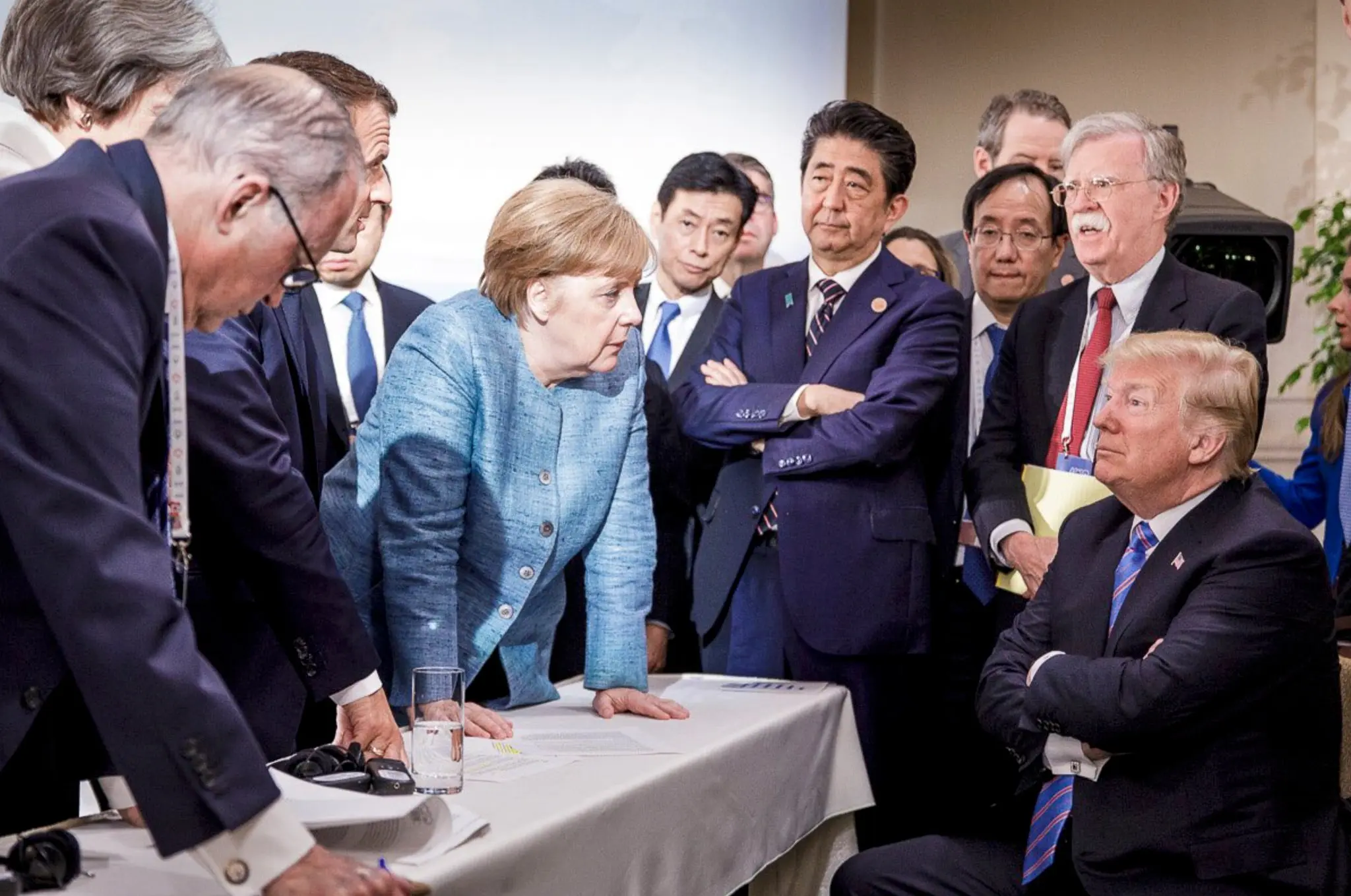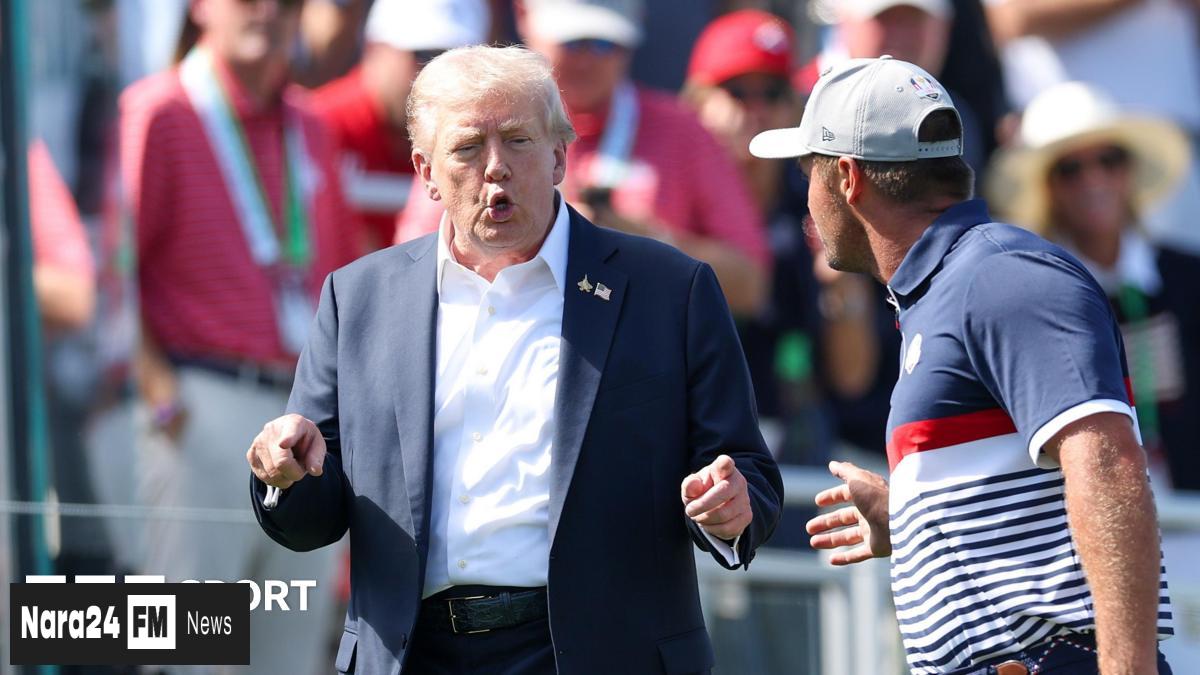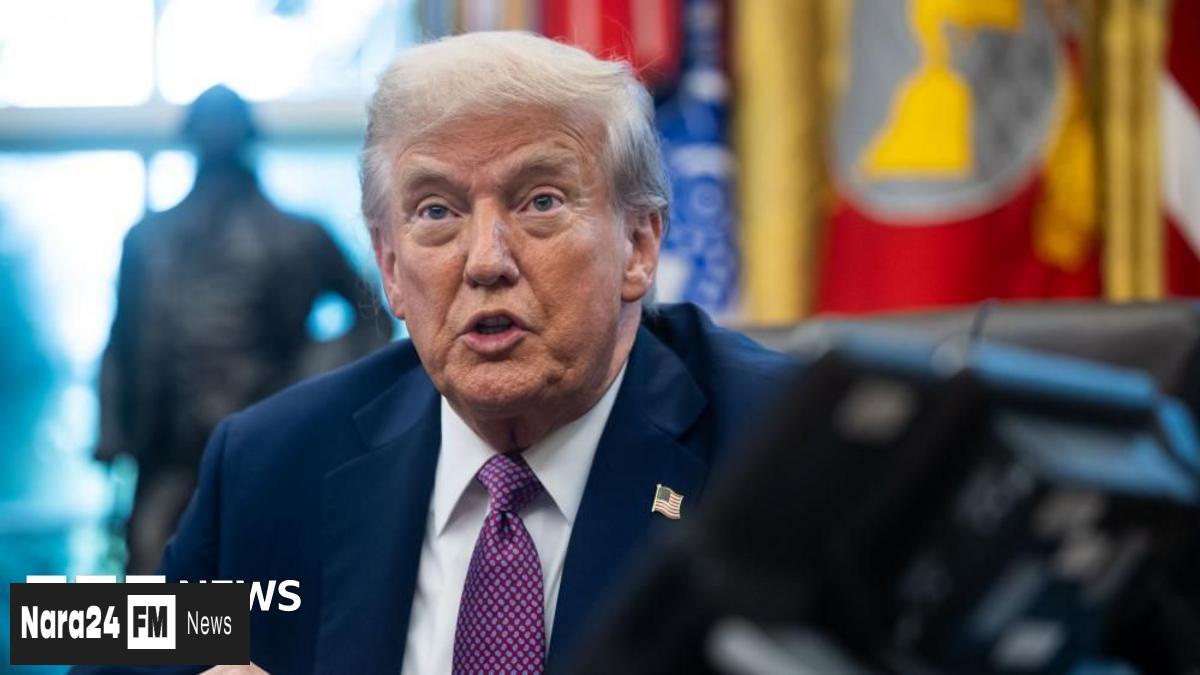In This Article
- G7 Advocates for Mideast Calm Without Direct Israel-Iran Ceasefire Plea
- Trump's Abrupt Departure Fuels Speculation
- Diplomatic Compromise Amid Rising Tensions
- Military Movements and Summit Developments
- Ongoing Regional Strikes
Key Takeaways
- The G7 summit concluded with a call for reduced Middle East hostilities but avoided a direct plea for an Israel-Iran ceasefire.
- US President Donald Trump left the G7 summit early, offering conflicting reasons for his departure and dismissing claims of ceasefire mediation.
- The G7 declaration emphasized Israel's right to self-defense and labeled Iran as a major source of regional instability.
- US Defense Secretary announced enhanced defensive capabilities in the Middle East, while ruling out an imminent offensive role.
- The summit occurred amid ongoing violence, including reported explosions in Tehran and missile fire in Tel Aviv.
The Group of Seven summit concluded with leaders advocating for reduced hostilities across the Middle East, including an immediate ceasefire in Gaza. However, their joint statement notably omitted any direct call for a cessation of fighting between Israel and Iran.
Trump's Abrupt Departure Fuels Speculation
US President Donald Trump left the Kananaskis, Canada gathering ahead of schedule, offering conflicting explanations. While his press secretary attributed the exit to "events in the Middle East," Trump himself declared he was returning to Washington for "big stuff," explicitly denying any connection to ceasefire negotiations. Before departing, he urged Iranian citizens to "immediately evacuate Tehran," sparking unconfirmed reports of potential US involvement in Israeli operations—later dismissed by American officials.
Diplomatic Compromise Amid Rising Tensions
The G7 declaration, issued as Trump departed, emphasized Israel's right to self-defense and labeled Iran a "principal source of regional instability and terror" that must not acquire nuclear weapons. The carefully worded appeal for de-escalation represented a diplomatic middle ground, preserving alliance unity while lacking forceful demands. Trump later publicly disputed French President Emmanuel Macron's suggestion that he was mediating a ceasefire, writing on Truth Social: "Wrong!... Stay Tuned!"
Trump's Iranian Gambit: Escalate, Hold, or Withdraw Amid Crisis
Facing escalating Middle East tensions after leaving the G7...
Read moreMilitary Movements and Summit Developments
Concurrently, US Defense Secretary Pete Hegseth announced bolstered defensive capabilities in the Middle East, even as officials reiterated no imminent offensive role. While missing scheduled talks with Ukraine's and Mexico's leaders, Trump secured a limited trade agreement with the UK and signaled potential progress on a pact with Canada within 30 days. This marks Trump's second early departure from a G7 summit, echoing his 2018 exit for talks with North Korea.
Ongoing Regional Strikes
The summit unfolded against a backdrop of continued violence. Iranian state media reported explosions in Tehran early Tuesday following Israeli attacks on broadcast facilities. Simultaneously, air raid sirens sounded in Tel Aviv amid renewed Iranian missile fire. Israeli officials maintain control of Iranian airspace since initiating operations last Thursday, though analysts question the extent of damage to Iran's nuclear program.








Comments (0)
Leave a Comment
Be the first to comment on this article!